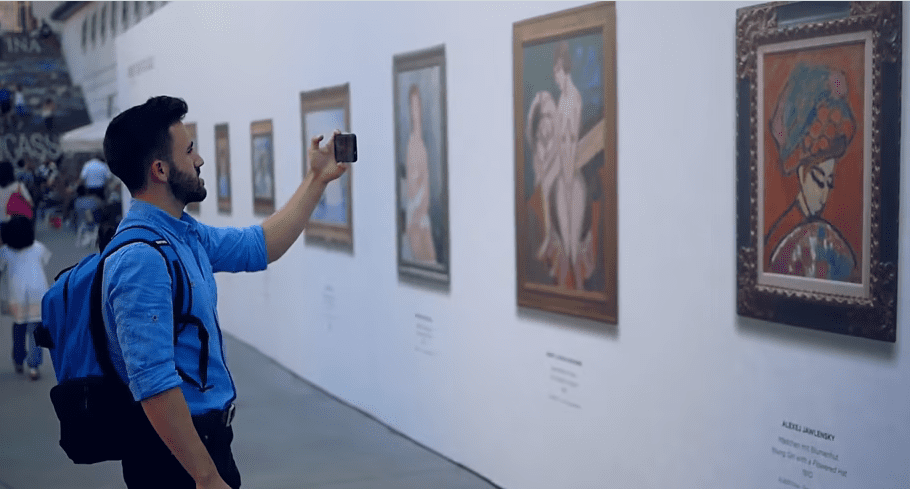Augmented Reality seems to be a trend that is here to stay, however there is still a lot of confusion around this term. What is it? What is it used for? Is it the same as Virtual Reality?
Don’t worry, RSB will clarify your doubts.
What is Augmented Reality?
Starting at the beginning, Augmented Reality (AR) is a technology that allows the integration of interactive digital elements created by a computer, such as visual overlays, haptic feedback or other sensory projections into the real world, in real time.
What’s the difference between Virtual Reality and Augmented Reality?
At first glance they may seem similar, but in fact Virtual Reality (VR) and Augmented Reality (AR) are fundamentally different technologies.
Virtual Reality is used to create a virtual synthetic that the user can see through VR glasses. The user is “transported” to a 3D virtual world in which he can move and interact with computer-generated elements.
In turn, Augmented Reality keeps the user in the real world, but adds a virtual layer to it, in other words, it is the superposition of objects, characters or any other digital element in the physical environment.
In general, Virtual Reality transports you to a virtual world, Augmented Reality merges the virtual world with the real world.
What is Augmented Reality used for?
Are you still confused? We have some examples that will help you understand exactly what this technology consists of.
Augmented Reality covers several areas: teaching, product design, marketing actions, among others.
Some of the most popular uses of this technology are:
- Experience products virtually:
Thanks to virtual reality, shoppers can now try products without being in contact with the physical product. Whether seeing how a particular eyeglass frame looks on your face, or seeing how a new sofa looks in your living room, introducing a new dynamic to the concept of online shopping. An example of this application of Augmented Reality technology is the IKEA Mobile App , where you can select any product from the IKEA catalog and see how it looks in your home, without having to set foot in the store. - Entertainment and Games:
It’s not difficult to see that technology capable of bringing elements of the digital world to the real world has the potential to create engaging content in the entertainment field. The most popular example of this type of application of this technology is, without a doubt, the Nintendo game “Pokémon Go”, which in 2016 became a true phenomenon, using virtual reality technology so that players, through their screens, , could see their favorite Pokemon on the streets of their city. - Exhibitions and Events:
The cultural sector has also been adopting digital virtual reality solutions that make it possible to find out more information about it or see it come to life in front of your eyes, just by pointing your cell phone camera at it. This was the creation of an augmented reality solution designed by RSB, which was used in the exhibition “Um Mundo de Máscaras” at the Pharmacy Museum in Lisbon. This solution allowed visitors to try on the masks virtually.
The Future of Augmented Reality
Augmented Reality has had a strong impact on the technological world in recent years and, given its success, it seems that interest in this technology will continue to grow.
More and more companies are using this technology to differentiate themselves and adapt their business to the online world.
The aforementioned examples are just some of the more common uses of Augmented Reality technology, but there are many others. Imagination is the limit and RSB is here to make your ideas a reality.
Discover more about Augmented Reaity and many others RSB Digital Solutions





